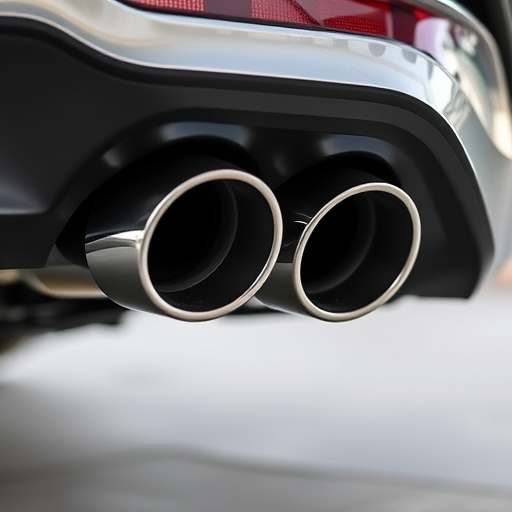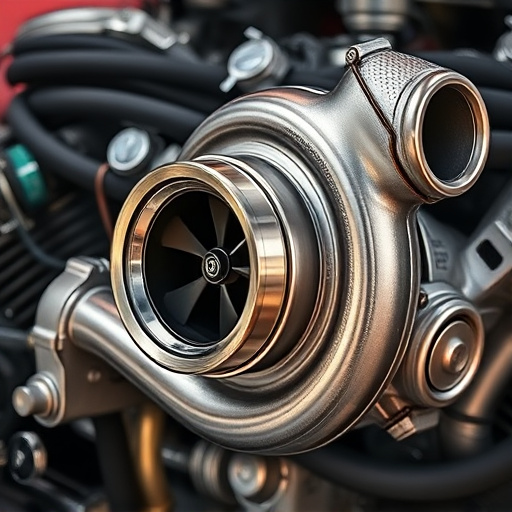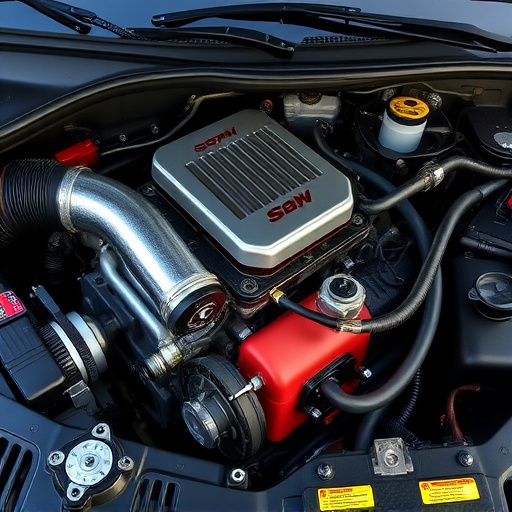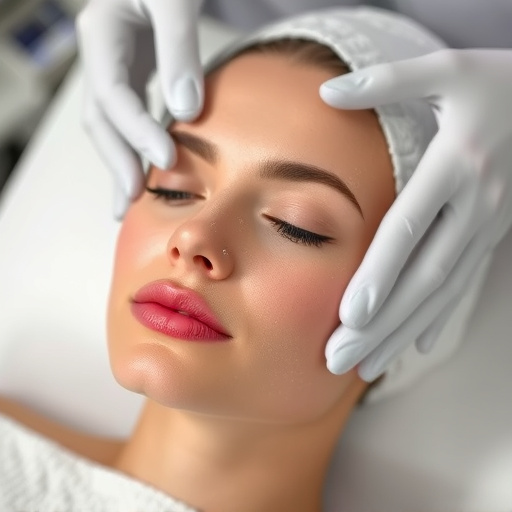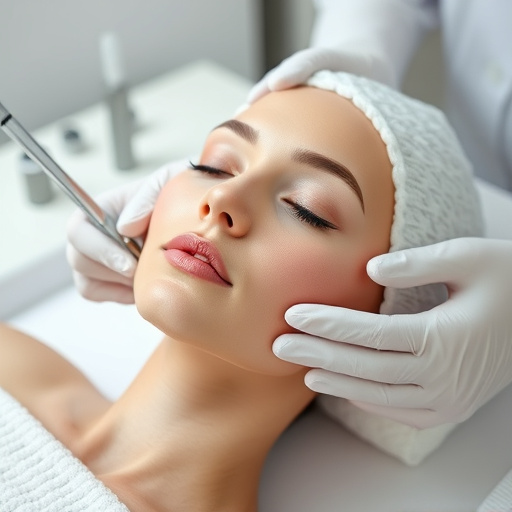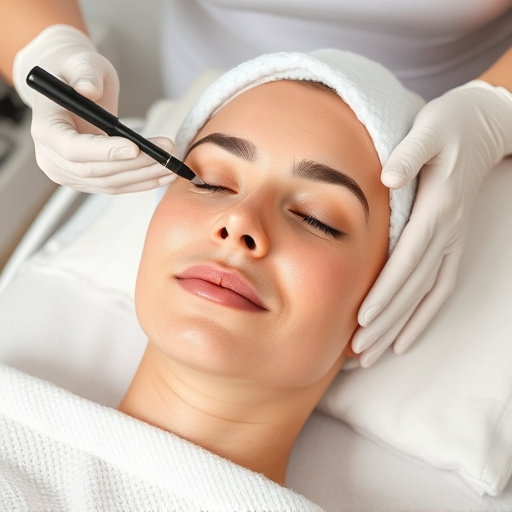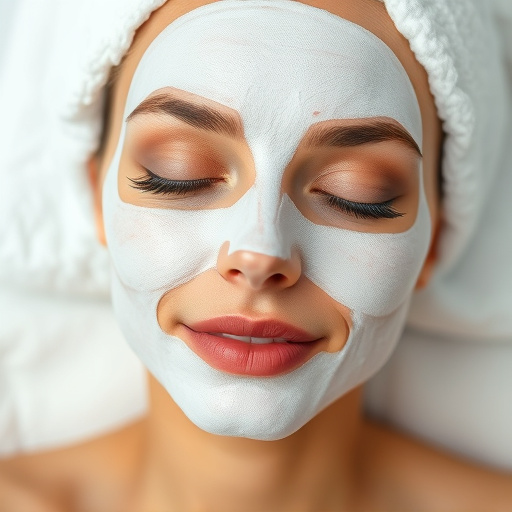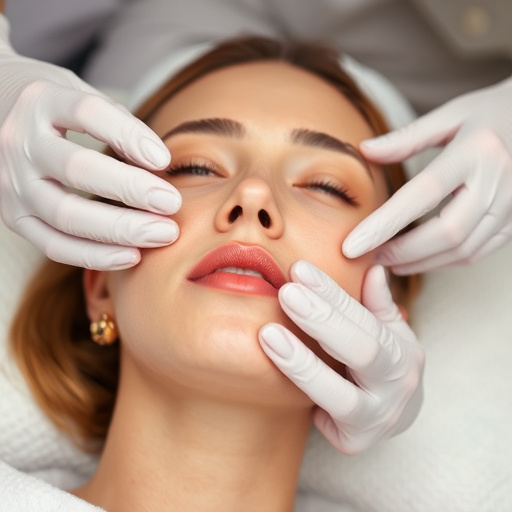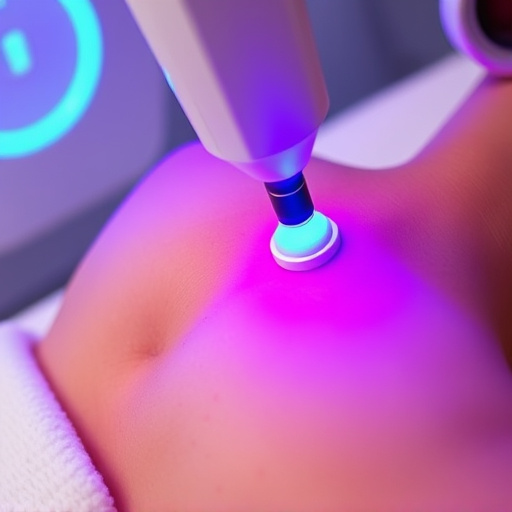Effective chin hair removal requires understanding individual growth patterns influenced by hormones, genetics, and skin conditions. Temporary solutions like moisturizing facials and skincare routines can reduce visibility, but advanced techniques such as laser hair removal, IPL therapies, and skin tightening offer long-lasting results. Maintaining smooth skin post-removal involves regular exfoliation, hydration, gentle cleaning, and internal self-care practices for balanced diet and stress management.
Unwanted chin hair can be a persistent concern for many, but long-term solutions exist to manage and reduce its appearance. This article delves into understanding the unique patterns and triggers of chin hair growth, exploring effective removal methods beyond temporary fixes. We’ll guide you through maintaining optimal results with self-care practices tailored to your needs. Discover lasting strategies for a smooth, confident complexion, focusing on safe and efficient chin hair removal techniques.
- Understanding Chin Hair Growth Patterns and Triggers
- Exploring Effective Long-Term Removal Methods
- Maintaining Results and Incorporating Self-Care Practices
Understanding Chin Hair Growth Patterns and Triggers
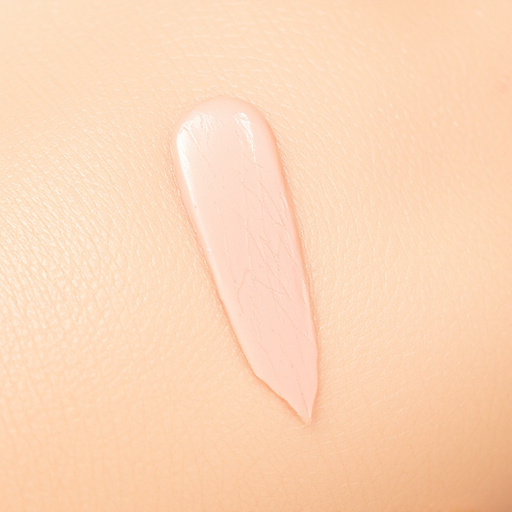
Understanding chin hair growth patterns and triggers is the first step towards effective management. Unlike other areas of facial hair, chin hair follows unique growth cycles influenced by hormones, genetics, and even skin conditions. Many individuals experience increased chin hair growth during puberty or due to hormonal fluctuations throughout the menstrual cycle. Some women also notice a correlation between certain foods, stress levels, or birth control pills and their chin hair density. Identifying these triggers can help in developing tailored strategies for chin hair removal and management.
Regular hydrating facials and personalized skincare routines can play a significant role in managing chin hair growth. By keeping the skin moisturized and maintaining proper pore refinement, individuals may experience smoother, softer skin with reduced hair visibility. This approach not only enhances overall skin health but also provides a temporary solution to minimize the appearance of chin hair.
Exploring Effective Long-Term Removal Methods

When it comes to long-term solutions for managing chin hair growth, exploring effective removal methods is paramount. Traditional shaving and over-the-counter creams offer temporary relief but don’t address the root cause of excessive hair growth. Thankfully, various long-lasting techniques have emerged as game-changers in the world of chin hair removal. Customized facials, for instance, can target specific areas, using gentle yet effective ingredients to inhibit future growth.
Non-surgical treatments like laser hair removal and intense pulsed light (IPL) therapies are also popular choices. These advanced techniques offer significant reductions in hair density over multiple sessions, providing a smoother and longer-lasting solution. Additionally, skin tightening procedures can complement these treatments by improving the overall texture and tone of the skin, enhancing the final aesthetic result.
Maintaining Results and Incorporating Self-Care Practices
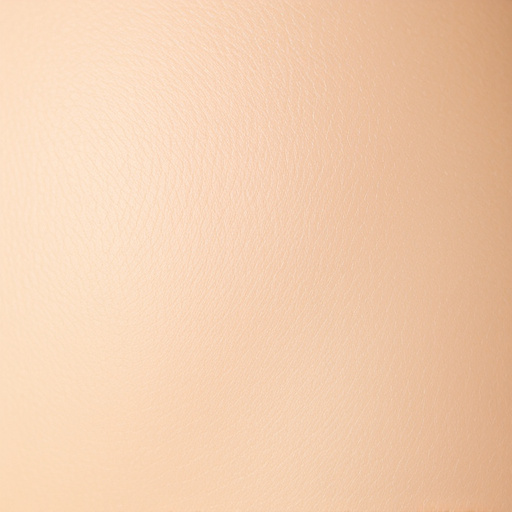
Maintaining results after chin hair removal is key to long-term management. Regular upkeep and consistent self-care practices are essential. Post-removal, it’s crucial to continue with regular exfoliation and hydration to ensure smooth skin and prevent ingrown hairs. Incorporating gentle cleaning routines, using moisturizers suitable for sensitive areas, and avoiding harsh scrubs or picks can significantly prolong the lasting effects of chin hair removal treatments.
In addition to external care, adopting internal self-care practices like staying hydrated, maintaining a balanced diet rich in vitamins and minerals, and practicing stress management techniques contribute to overall skin health. These holistic approaches complement aesthetic treatments like chin hair removal, body contouring, and anti-aging procedures by enhancing the skin’s natural ability to heal and maintain a smooth, hair-free surface.
When it comes to managing chin hair growth, a holistic approach focusing on understanding patterns, exploring effective long-term removal methods, and adopting self-care practices is key. By combining knowledge of triggers with consistent maintenance, you can achieve and maintain smooth results. Incorporate strategies like regular exfoliation, targeted skincare, and suitable depilation techniques to suit your needs. Remember, chin hair removal shouldn’t be a one-time fix; it’s about embracing sustainable solutions for long-lasting smoothness.
